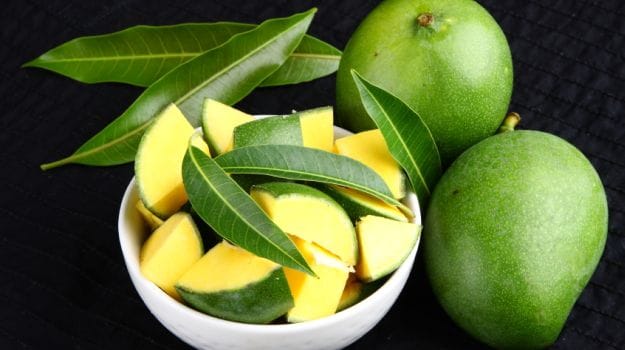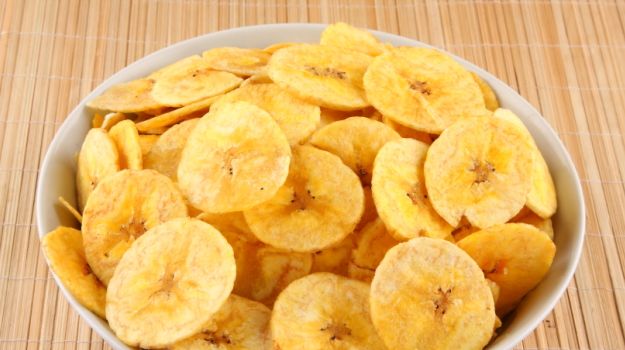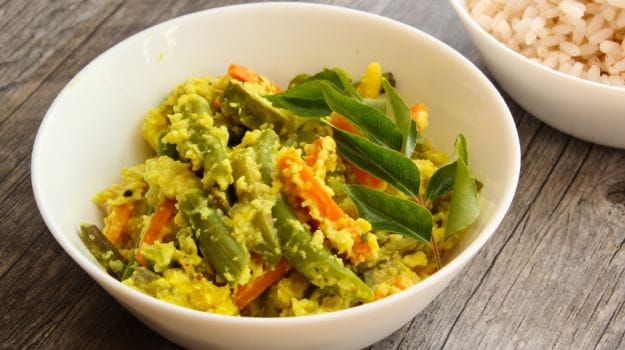Almost every region in Kerala stakes a claim to the best Sadya but popular opinion usually points to the erstwhile South Malabar Region - Palakkad, Thrissur and Ernakulam where some wedding cooks
boast of hallowed reputations
The Sadya is not just served during
weddings but also for other occasions like landmark birthdays while a
slightly abridged version is standard fare during festivals likeOnam
(the harvest festival) and Vishu (The New Year)
Like most other
traditional banana leaf meals in Southern India, the top half of the
leaf is reserved for the accompaniments while the bottom half is for the
staples and mains.
The dishes are usually served from left to right
We give you a quick overview of the traditional Kerala Sadya:
Pickles: There's usually a choice of two pickles.
The finely chopped raw mango pickle where the mango is not marinated
for a long period of time and seasoned with chilli powder and mustard
seeds.
But the winner is the Puliyinchi, a unique hot and sweet (thanks
to the combination of jaggery and green chilies) ginger paste that is half chutney-half pickle.

These chips are usually reserved for festive occasions and are not easy to come by in the ubiquitous Kerala chips stalls around the state. You might also be served raw Jackfruit chips during the monsoon season.

Thoran: A simple and regular accompaniment in typical home-style meals across Kerala. Finely chopped vegetables (the wedding feasts usually feature cabbage or beans) are stir fried at a high temperature with grated coconuts, mustard seeds, curry leaves and turmeric. It's quite similar to the 'Poriyal' in Tamil Nadu except that the Kerala version uses a generous quantity of grated coconut.
Kaalan: Often mistaken for another festive dish - the avial, this dish uses a completely different cooking process which is fairly uncomplicated. A tuber (mostly yam) or occasionally raw plantain is cooked with thick yoghurt and spices like fenugreek, turmeric powder, red chilli powder, black pepper, curry leaves and a few drops of ghee over a low flame.
Olan: The mild flavour of the milky white Olan might remind you of the more popular Kerala stew (usually served with Appams). At many weddings these dishes are interchanged.
Usually made with Ash gourd (occasionally pumpkin too) and black eyed beans simmered in thick coconut milk with a hint of green chilli and curry leaf flavours. Sadyas in Southern Kerala (Travancore region) sometimes serve a More kootan - vegetables cooked in that is similar to the more kuzhambu in Tamil Nadu or the Rajasthani Kadi.
Avial: One of the best known members of the Sadya family, this mishmash of vegetables is cooked in curd and ground coconut seasoned with curry leaves and coconut oil. A few communities in Tamil Nadu make their own version of the Avial.


No comments:
Post a Comment